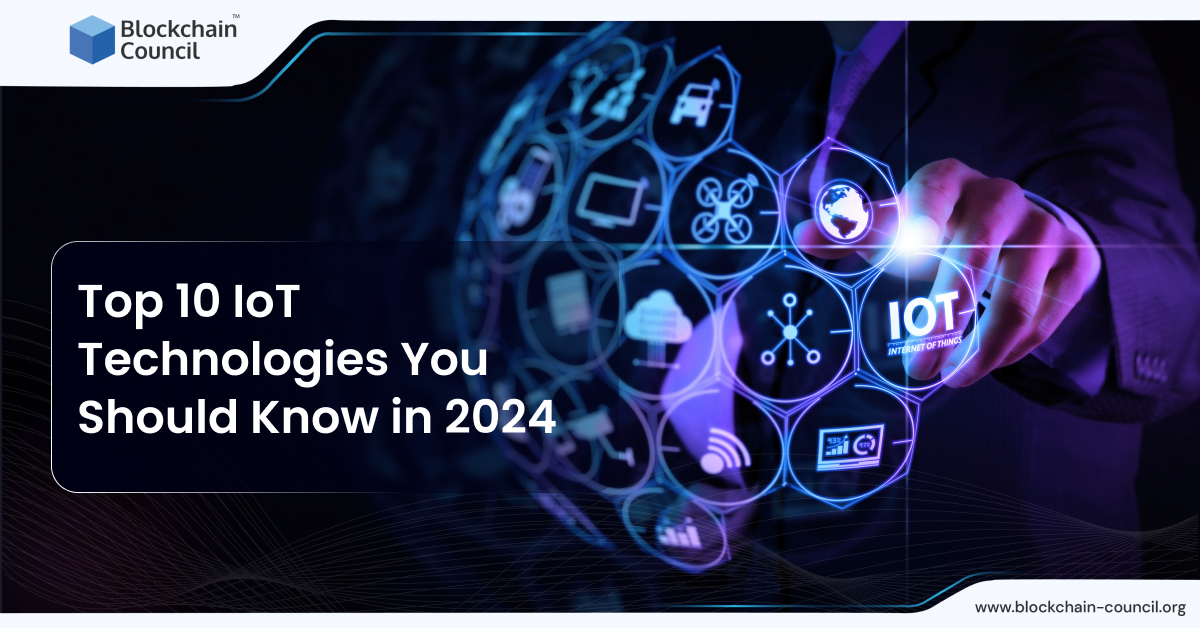
- Blockchain Council
- October 30, 2023
Summary
- The Internet of Things (IoT) is rapidly growing, with the potential for 75 billion IoT devices by 2025.
- IoT involves physical objects with sensors and connectivity for data collection and exchange.
- IoT has applications in various sectors, including manufacturing, healthcare, and agriculture.
- Real-time data analysis in IoT helps optimize operations and improve efficiency.
- IoT devices are becoming more affordable and integrated into daily life.
- AI-driven smart devices are on the rise, with over 16.7 billion connected IoT devices worldwide.
- AI and Machine Learning have significant potential for various domains.
- XR technologies like VR and AR are gaining popularity across industries.
- Robotic Process Automation (RPA) automates repetitive tasks and creates job opportunities.
- Quantum computing holds promise for complex problem-solving and various applications.
- Blockchain technology extends beyond cryptocurrencies and offers security and trust.
- IoT is transforming industries like farming, emergency management, and smart cities.
Introduction
The Internet of Things (IoT) is a rapidly growing technology set to impact our connected world significantly. With the current pace of technological advancements, by 2025, as many as 75 billion IoT devices could be connected to the Internet. These “things” devices have sensors and technology to collect and exchange data with other connected devices. IoT is also expected to be one of the sectors that will provide the most jobs in the next decade, hence the recent surge in IoT-related job roles. So, what is IoT technology?
This article will answer the question, “What is IoT technology?” It will also provide valuable insights and information. From the fundamental concepts of IoT to the latest advancements, from list of IoT devices to the latest IoT updates – this article offers a comprehensive overview of the industry’s landscape. Whether you are new to IoT or seeking to expand your knowledge, this article will be valuable. So, let’s get started!
What is IoT Technology?
The Internet of Things (IoT) has revolutionized the way we interact with the world around us. It encompasses a network of physical objects embedded with sensors, software, and connectivity, allowing them to collect and exchange data. These objects, also known as smart devices, can range from everyday items like thermostats and wearables to complex industrial machinery and transportation systems.
The possibilities extend even further with the concept of smart cities built on IoT technologies. By enabling communication between devices and internet-connected platforms, IoT empowers intelligent devices to perform various tasks and share information autonomously. For instance, IoT can monitor farm environmental conditions, optimize traffic flow using smart cars and automotive devices, control factory machinery, or track warehouse inventory.
The potential applications of IoT span numerous industries, including manufacturing, transportation, healthcare, and agriculture. Its impact is already noticeable, and as the number of internet-connected devices continues to grow, IoT will play an increasingly influential role in shaping our world. IoT devices are deployed within enterprises to monitor temperature, humidity, air quality, energy consumption, and machine performance.
Real-time analysis of this data enables businesses to identify patterns, trends, and anomalies. By leveraging these insights, enterprises can optimize their operations, enhance efficiency, and ultimately improve their bottom line. IoT has opened up endless possibilities for innovation and efficiency across industries. Integrating IoT into our daily lives will become even more prevalent as technology advances, transforming how we live and work.
Benefits of IoT
| Benefit | Description |
| Improved Efficiency | IoT devices automate tasks, reducing human effort and errors, leading to increased efficiency. |
| Enhanced Safety | IoT sensors monitor environments, ensuring safety by detecting hazards and alerting authorities. |
| Cost Savings | Automation and data analytics optimize resources, lowering operational costs for businesses. |
| Real-time Data | IoT provides instant access to data, enabling businesses to make quick decisions based on real-time information. |
| Remote Monitoring | IoT allows remote monitoring of equipment and systems, reducing the need for physical presence. |
| Increased Productivity | Automation and streamlined processes lead to higher productivity levels in various industries. |
| Smart Decision Making | Data collected by IoT devices enables informed decision-making, leading to better business strategies. |
IoT market trends in 2023
Stepping into 2023, the IoT market has significantly increased usage as smart devices become more common in consumers’ daily lives. This trend aligns with the growing affordability of IoT devices, making them more accessible for households and integrated into various aspects of society.
In future, jobs will also increase rapidly for the skilled and equipped people for the job role. The most essential in becoming relevant in this Changing landscape of jobs is to look for appropriate courses and train yourself. Let’s see some of the major IoT technologies and trends that will have a breakthrough in the upcoming decade and contribute to major job roles. Now let’s jump into the top IoT technologies and trends in 2023!
Top 10 IoT Technologies
| Technology | Description |
| Smarter devices | AI-powered devices that simplify and enhance daily tasks. |
| Artificial Intelligence (AI) and Machine Learning | Technologies with diverse applications in various domains. |
| Extended Reality (XR) | Encompasses VR, AR, MR, and immersive experiences. |
| Robotic Process Automation (RPA) | Uses software bots to automate repetitive tasks. |
| Quantum computing | Enables solving complex problems beyond classical computers. |
| Blockchain Technology | Offers secure and tamper-resistant data management. |
| IoT in farming | Enhances agriculture through data-driven interventions. |
| Emergency Management | IoT aids in preventing, preparing for, responding to, and recovering from emergencies. |
| Smart City | Utilizes IoT for efficient urban infrastructure and services. |
Smarter devices
Artificial intelligence has revolutionized our world, making it brighter and more convenient. It goes beyond mere human simulation, aiming to simplify and streamline our lives. More innovative devices driven by AI are set to become an integral part of our lives in 2024 and beyond. There are over 16.7 billion connected IoT devices worldwide. And the number is growing by leaps and bounds.
Data scientists are actively working on developing AI-powered home robots, appliances, work devices, wearables, and much more. These devices are designed to enhance various aspects of our lives, from household chores to professional tasks. Smart home assistants like Amazon Alexa and Google Assistant allow you to control your smart devices with voice commands. For example, you can say “Alexa, turn on the lights” to turn on your smart lights.
Artificial Intelligence (AI) and Machine Learning
Artificial Intelligence (AI) and Machine Learning are among the most significant technology trends that continue to shape our lives and have tremendous potential for future advancements. While AI has already substantially impacted various domains, its true potential is just beginning to unfold.
AI is known for its capabilities in image and speech recognition, navigation apps, personal assistants, ride-sharing apps, and much more. For example, AI-powered security cameras can detect and identify intruders, and send you alerts in real time. The Arlo Pro 4 camera uses AI to distinguish between people, animals, and vehicles, and sends you alerts only when it detects people. However, its applications extend far beyond these areas. Machine Learning, a subset of AI, is also gaining prominence across industries, creating a high demand for skilled professionals.
The AI market is projected to become a $190 billion industry by 2025, with significant global spending on cognitive and AI systems. This growth will create numerous jobs in development, programming, testing, support, maintenance, and other related areas. It is predicted that AI, machine learning, and automation will generate around 9% of new jobs in the United States by 2025.
These jobs include positions such as robot monitoring professionals, data scientists, automation specialists, and content curators. To tap into the opportunities offered by AI and machine learning, acquiring expertise in these fields can open doors to exciting careers. Some of the job roles you can pursue in this domain include Certified AI expert, Certified ChatGPT expert, Certified Chatbot expert, Certified AI developer, Certified Prompt Engineer, etc. Wondering how to shine in the AI field? Check out the AI certifications by the Blockchain Council.
Extended Reality
Extended Reality (XR) is an umbrella term that encompasses various technologies such as Virtual Reality (VR), Augmented Reality (AR), Mixed Reality (MR), and other immersive experiences. XR has emerged as a significant technology trend due to its ability to simulate and enhance reality, offering unique experiences beyond the constraints of the physical world. For instance, the Oculus Quest 2 VR headset can be used to play VR games, watch VR movies, and explore VR worlds. It has gained popularity in diverse fields, including gaming, healthcare, retail, and modeling.
The global XR market is expected to grow from $16.8 billion in 2022 to $296.6 billion by 2028,. It is growing at a CAGR of 70.3% XR has revolutionized how games are played and experienced in the gaming industry. It provides gamers with immersive and interactive environments, opening up exciting career opportunities. Pursuing a career in game design, animation, or editing programs can pave the way for success in this specialization. Additionally, various job roles in AR, VR, and XR domains offer promising prospects:
- Extended Reality Architect
- Front Lead Engineer
- Software Developer
- AR/VR Support Engineers
- Game Designers
- Pro Gamers
Robotic Process Automation (RPA)
Robotic Process Automation (RPA) is a technology that uses software robots or “bots” to automate repetitive and rule-based tasks within business processes. RPA can handle tasks such as data entry, manipulation, transfer, and other routine activities that humans previously performed. By automating these tasks, RPA enables organizations to improve efficiency, reduce errors, and free human workers to focus on more complex and value-added activities. 76% of organizations have already welcomed automation.
While there are concerns about the potential impact of RPA on jobs, it is essential to note that RPA also creates new opportunities and transforms existing roles. While some tasks may be fully automated, many jobs will be partially automated, requiring a combination of human and automated efforts. As an IT professional, understanding and mastering RPA can open up numerous career opportunities in this emerging field. Some high-paying jobs in the RPA domain include an RPA Developer, RPA Analyst, RPA Architect, RPA Consultant, and RPA Project Manager.
Quantum computing
Quantum computing is an emerging technology trend that holds great promise for solving complex problems that are currently beyond the capabilities of classical computers. By leveraging the principles of quantum mechanics, such as superposition and entanglement, quantum computers can perform computations on a massive scale and tackle problems in various fields. By 2025, there can be as many as 5,000 quantum computers around the world.
One notable application of quantum computing is in healthcare, where it can aid in drug discovery, optimize treatment plans, and accelerate genomic research. Quantum computing also has implications for cryptography and cybersecurity, as it can break traditional encryption algorithms while offering new cryptographic techniques. Another notable example is IBM . This tech giant is using quantum computing to develop new security protocols for IoT devices.
In the financial sector, quantum computing has the potential to revolutionize risk analysis, portfolio optimization, and fraud detection by rapidly processing vast amounts of data and performing complex simulations. To work in quantum computing, you will need a strong foundation in quantum mechanics, linear algebra, probability theory, information theory, and machine learning. Specialized skills and knowledge in quantum algorithms and quantum programming languages, such as Qiskit and Cirq, are also valuable.
Blockchain technology
Blockchain technology has applications beyond cryptocurrencies and offers security and trust in various domains. As you mentioned, Blockchain is a data chain where new information can only be added, not altered or removed. This immutability and consensus-driven nature make it highly secure and resistant to tampering. Further Blockchain in IoT is crucial. IOTA is a Blockchain-based platform for machine-to-machine (M2M) payments. IOTA can be used to enable IoT devices to make payments to each other without the need for a central authority.
The use of Blockchain is expanding across industries, increasing the demand for skilled professionals. One such role is that of a Blockchain developer specializing in creating and implementing Blockchain-based solutions. These developers work on Blockchain applications’ architecture, design, and programming.
The salary of a Blockchain developer can vary based on factors such as experience, location, and company size. The average yearly salary of job roles in Blockchain can go as high as $150,000. This may be specific to a particular region or time frame, so it’s important to consider current market trends and local factors. If you are interested in pursuing a career in Blockchain, gaining hands-on experience with programming languages, object-oriented programming, databases, data structures, web app development, and networking is crucial.
Enrolling in a Blockchain certification by the Blockchain Council can provide you with the necessary knowledge and skills to excel in this field. Mastering Blockchain technology can open up opportunities in various fields and industries, including Risk Analyst, Tech Architect, Crypto Community Manager, and Front-End Engineer.
IoT in farming
With the advent of IoT, the farming industry has blossomed greatly as a result of interventions through drones, cattle management, real-time Greenhouse automation in monitoring the climatic conditions, providing specific data for the management of crops, and unmanned aerial vehicles to control pests, to name a few. This has enabled farmers to focus on more research, quicker crisis management, and multiplication of crop cycles, resulting in higher output in capital investment. For example, John Deere is developing a smart tractor. It uses IoT sensors to collect data on soil conditions, crop health, and weather patterns.
The number of IoT connected devices in farming is expected to grow from 13 million in 2014 to 225 million by 2024. This proves how the landscape is changing. Predictive analytics for smart farming, end-to-end farm management systems, and crop management are some of the crucial areas where IoTs have played a pivotal role in bringing about disruption and changing the status quo for the farmers who have been worried about issues related to crisis management, weather or climatic conditions, etc. for a very long time. Now, they can safely call that history.
Emergency Management
Prevent, Prepare, Respond, Recover – these are the four primary ways in which IoT can intervene in emergency or disaster management. Although it cannot evade or stop a disaster or a natural calamity from taking place, there are devices that help the users prevent it by taking necessary steps in order to curb its impact, prepare them better to face calamities like earthquakes or tidal waves, respond to disaster management by tracking vehicles or GIS incorporations, and recover faster through sensor innovations of IDs and RFIDs during such period of crisis.
Emergency situations may arise in case of forest fire, jeopardizing humans and wildlife alike, or earthquake, tremors, drought, or flood. In such cases, IoT helps the government take necessary steps to prepare the inhabitants better, move them to safer places, and, when calamity strikes, take the right precautions to mitigate major losses. For example, the FireWatch system uses a network of IoT sensors to detect and monitor wildfires in California.
Smart City
Smart cities are expected to generate $1.5 trillion in revenue for the IoT market by 2025. Using IoT in order to develop and maintain smart cities can initially be expensive, but eventually, it is highly cost-effective in the long run. It not only enables reducing costs but also assures a quality of life to the residents, making them more enabled than ever in reimagining the possibilities within their spaces. It increases efficiency and uses devices like Bluetooth sensors, RFID tags, and meters that collect real-time data, making their experience more personalized and seamless.
Connected public transport, Traffic monitoring and management, Water level / Flood monitoring, Video surveillance and analytics, Connected streetlights, Weather monitoring, Air quality / Pollution monitoring, Smart metering – these are some of the ways in which a smart city utilizes IoT in order to improve the quality of life for its residents. We can take the example of the City of Los Angeles. It is using IoT sensors to manage traffic flow on its busiest highways.
Conclusion
The rapid advancement of IoT technologies is paving the way for widespread adoption and an abundance of technological applications beyond what is mentioned in this article. The global IoT market is expected to reach $1.02 trillion in 2023. It is growing at a CAGR of 15.12% during 2023-2028. The future of IoT holds limitless possibilities as brilliant ideas continue to emerge and innovative IoT products are developed.
With each innovation, the world is poised to become a more efficient and comfortable place to live. IoT systems will enable seamless connectivity and automation across various industries, transforming how we interact with our environment. From smart homes and cities to healthcare, transportation, agriculture, and beyond, IoT will revolutionize how we live, work, and play.
As IoT technologies evolve and mature, we can anticipate even more significant advancements and the proliferation of IoT-enabled solutions. The future holds a more connected, intelligent, and responsive world where IoT enhances our lives and drives progress. So, get ready to embrace the boundless opportunities that the future of IoT holds. Together, we are on the cusp of a transformative era where the Internet of Things will shape our world, making it smarter, more efficient, and more comfortable than ever before.
FAQs
What are the top 5 IoT devices?
- Smart Home Assistants like Amazon Alexa and Google Assistant.
- AI-Powered Home Devices, such as home robots and smart appliances.
- Extended Reality (XR) Devices like VR headsets.
- IoT in Farming Devices like smart tractors and drones.
- Emergency Management Devices, which include sensors for disaster prevention.
What is the future trend of IoT?
- IoT devices will become more common in our daily lives.
- Smart cities will use IoT for better public services.
- IoT will make things work more efficiently.
- We’ll see new and creative uses of IoT.
What is IoT technology?
- IoT is about objects with sensors and internet connection.
- These objects collect and share data on their own.
- We use it in various things like smart homes and machines.
What is IoT technology used for?
- It keeps an eye on things, like temperature and machines.
- It analyzes data to help improve how things work.
- Many industries use it, like healthcare and farming.
- It helps cities be better at managing things like traffic and the environment.































































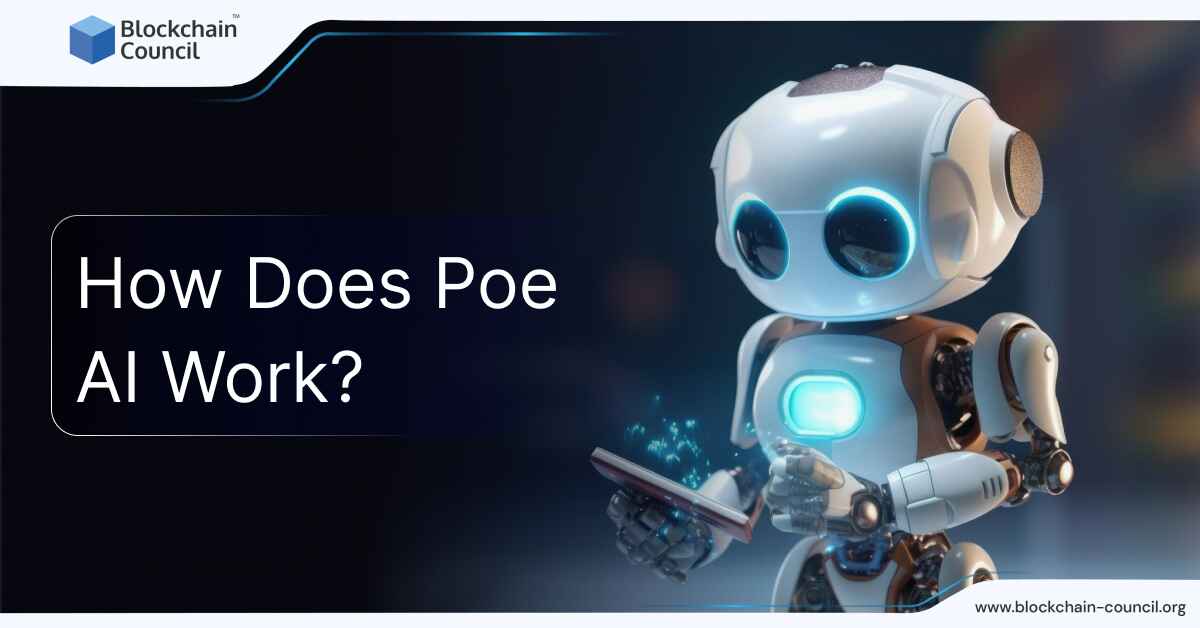
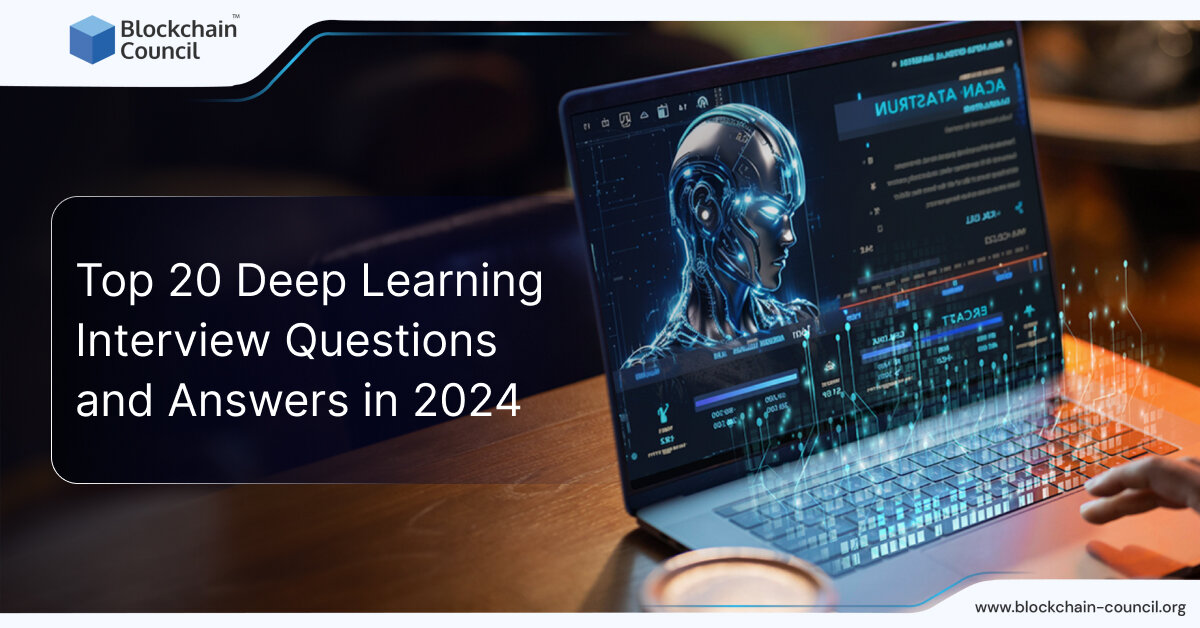
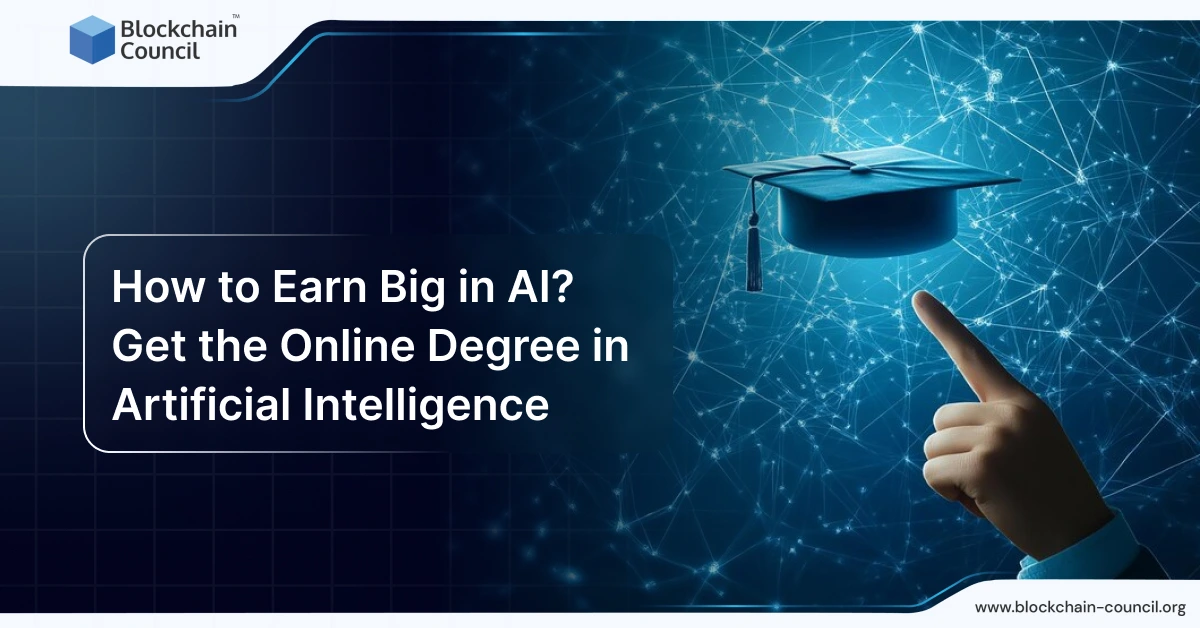
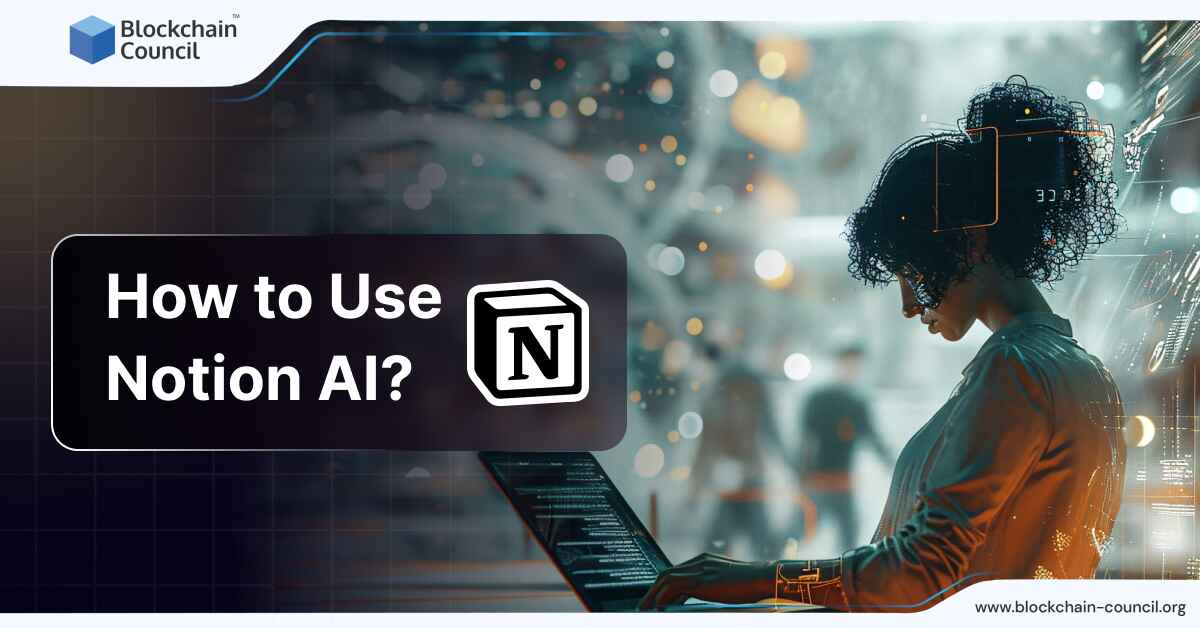
 Guides
Guides News
News Blockchain
Blockchain Cryptocurrency
& Digital Assets
Cryptocurrency
& Digital Assets Web3
Web3 Metaverse & NFTs
Metaverse & NFTs
